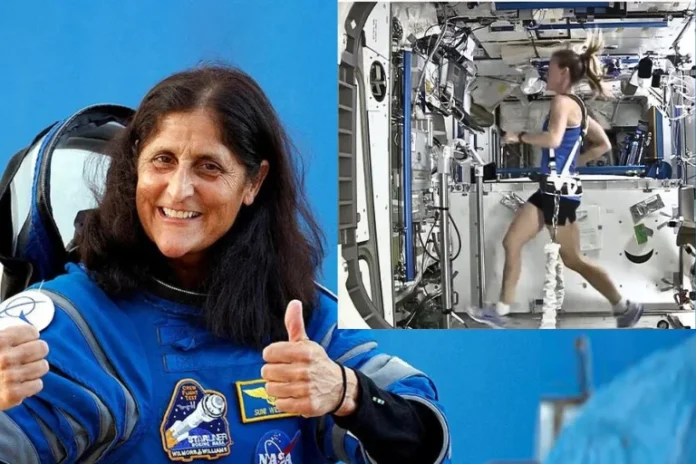Sunita Williams’ Health Condition During Space Missions: Challenges and Adaptations
Sunita Williams, an American astronaut and U.S. Navy officer, is renowned for her extensive time spent in space. Having participated in multiple space missions, she has faced a range of physiological and psychological challenges due to prolonged exposure to microgravity. This article delves into her health condition during space travel, the challenges she encountered, and the measures taken to maintain her well-being.
Physical Challenges in Space
Space travel has profound effects on the human body due to the absence of gravity. Some of the key physical health challenges experienced by astronauts, including Sunita Williams, include:
1. Bone Density and Muscle Loss
One of the most significant concerns for astronauts in space is bone density loss. Without the constant force of gravity, bones weaken due to calcium loss, leading to a condition similar to osteoporosis. Muscle atrophy is also common since daily activities in space do not require the same muscle engagement as on Earth. To counteract this, Williams followed a rigorous exercise regimen that included resistance training, cycling, and treadmill workouts.
2. Cardiovascular Changes
The heart undergoes changes in microgravity as well. It slightly shrinks and does not have to work as hard to pump blood throughout the body, which can lead to deconditioning of the cardiovascular system. Sunita Williams maintained her heart health by engaging in aerobic exercises daily, helping her body readjust upon returning to Earth.
3. Fluid Redistribution and Vision Issues
In microgravity, bodily fluids shift towards the head, causing facial puffiness and increased pressure in the skull, which can sometimes result in vision impairment. Williams, like many astronauts, reported changes in her eyesight due to this phenomenon, a condition known as Spaceflight-Associated Neuro-ocular Syndrome (SANS). NASA continuously monitors such conditions and researches ways to mitigate their effects.
Psychological and Mental Well-being
Apart from the physical toll, space missions can also impact mental health. Astronauts experience isolation, confinement, and long periods of separation from loved ones. Williams has spoken about the importance of maintaining a strong mental state and engaging in activities that boost morale. Some of her coping strategies included:
Regular Communication with Family: Video calls and emails helped her stay connected with her loved ones.
Recreational Activities: She enjoyed listening to music, taking pictures of Earth, and reading.
Team Collaboration: Strong camaraderie among crew members was crucial for psychological support and teamwork.
Adaptation and Recovery After Returning to Earth
Upon returning to Earth, astronauts face a challenging readjustment period. Sunita Williams, like her fellow astronauts, underwent extensive medical evaluations and rehabilitation to regain strength and balance. Some of the post-mission challenges she encountered included:
Dizziness and Balance Issues: Readapting to Earth’s gravity often leads to vestibular disturbances, making it difficult to walk or stand without feeling unsteady.
Muscle and Bone Recovery: Exercise routines continued post-mission to regain lost muscle mass and bone density.
Fatigue and Psychological Adjustment: The transition from an isolated space environment to regular life requires mental and emotional adjustments.
NASA’s Measures for Astronaut Health
To ensure the well-being of astronauts like Sunita Williams, NASA implements numerous countermeasures, including:
Pre-flight Training: Astronauts undergo rigorous physical and psychological training to prepare for the challenges of space travel.
Onboard Health Monitoring: Regular medical checkups and real-time monitoring of vital signs help detect health issues early.
Post-mission Rehabilitation: Comprehensive rehabilitation programs assist astronauts in recovering from the effects of long-duration space missions.
Conclusion
Sunita Williams’ experiences highlight the resilience and adaptability required for space travel. Despite the physiological and psychological challenges, she successfully completed her missions while maintaining her health through disciplined exercise, mental resilience, and NASA’s support systems. As space agencies prepare for longer missions, including Mars expeditions, studying the health impacts on astronauts like Williams remains crucial for ensuring safe and sustainable human space exploration.

